Is Argentina Safe for Solo Females? An Ultimate Guide 2024
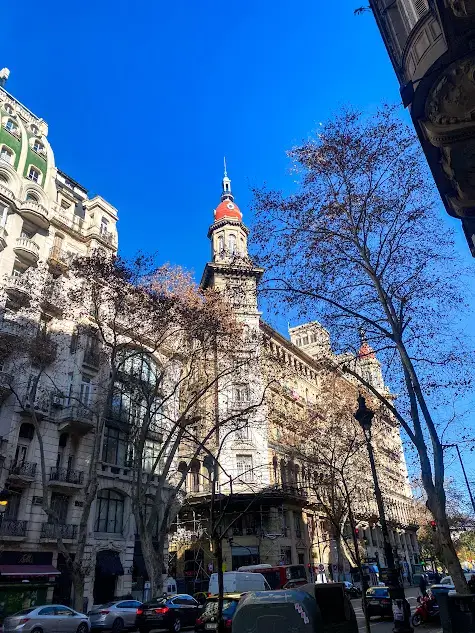
Are you planning a trip to South America and wondering, ‘Is Argentina safe for solo females?’ Then this guide has you covered.
Passionate, political and dramatic. Argentina was the country I had the highest expectations for on my trip. It was the place I was counting down the days to visit.
I fantasized about strolling the sparkling streets of Buenos Aires and tackling the towering peaks of Patagonia. Seeing it in person was a dream.
And it’s safe to say with its ornate grandiose buildings, stunning desert towns and warm hospitality of its people it didn’t disappoint. This incredible country blew my expectations out of the water. Argentina is special.
There’s just a sense of sophistication to Argentina. An air of elegance. And its passion is intoxicating. When it came to the end of my trip here, I thought of a million and one reasons not to leave. If the (overpriced) flight hadn’t already been booked I don’t think I would have.
Argentina is one of my all-time favourite destinations. And I would say it’s one of the best places to dip your toes in the water as a solo female.
This article will cover everything you should know about safety in Argentina and tips you can use to stay safe.
So let’s get into it, is Argentina safe?
How safe is Argentina?
Argentina is one of the safer countries in Latin America. It receives over 7 million tourists a year which means it’s well-developed in infrastructure and security. And I can say I always felt safe here.
But of course like everywhere, as a solo female traveller in Argentina, you still need to take precautions and use common sense. Inflation rates have reached double and even triple digits in recent years, severely affecting the cost of living for residents. And high unemployment and poverty rates, which have worsened, contribute to social unrest and dissatisfaction.
Petty crime can happen and there’s always sketchy characters in every city in the world.
I have met people who unfortunately had had their phones and bags stolen, which is why it’s so important to keep an eye on all of your belongings.
But that doesn’t take away from how amazing the people are in Argentina. I don’t know what it is, but the people are one of a kind and I found Argentina to have some of the most helpful and friendliest people I’d met so far.
No matter where I am for whatever reason I always dread using the metro in cities. I quite literally choose to walk 1hour rather than figure out the lines.
Coming from Northern England it’s not something I grew up using and I find it overwhelming every time.
Well, needing to meet a friend in another neighbourhood in Buenos Aires meant braving the metro. I got in the station determined to make it work, to find I couldn’t even get through the barriers as I’d not even bought a metro card.
A guy working there let me through with his card, walked me to the line I needed and then went on to download the Sube app (a lifesaver) and explain all of the lines to me.
He then waited with me until the next carriage came and planned my way back to the hostel. A small act of kindness is just one of many examples of the hospitality of the people here.
Argentina is an amazing country and the perfect place to travel to as a solo female traveller.

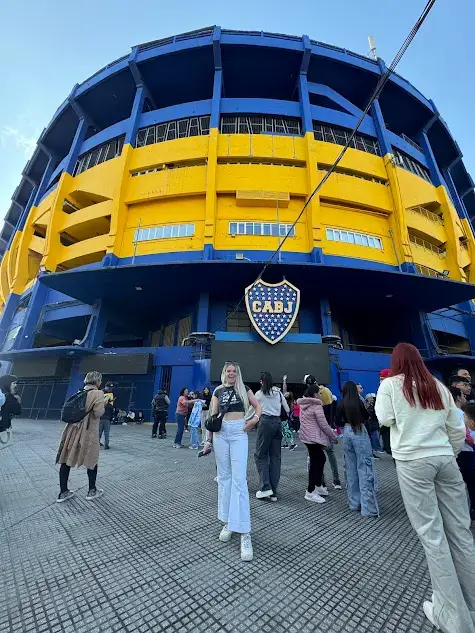
How to get to Argentina?
The biggest airports in Argentina are both in Buenos Aires. If you’re flying into Argentina, the best way to get to the country is to fly into the capital of Buenos Aires – Buenos Aires Ministro Pistarini Airport (EZE). You can have a look at how to get the best deals in Argentina in this budget guide.
If you’re travelling from Bolivia you’ll be crossing into the North of Argentina first. This step-by-step guide details how to make the border crossing into Argentina from Bolivia.
How to get around Argentina?
Argentina is huge which can mean journeys of over 20 hours between some places. For example the distance between Salta and Buenos Aires.
Luckily Argentina’s long-distance bus system is well-developed, connecting major cities and towns across the country. They’re a great way to travel the country and one of the most popular ways of getting around. I used Busbud and Platforma10 to book tickets online.
If 20-hour bus rides don’t sound like your thing, you can fly domestically. If you book in advance you can find some reasonable deals.
I got a flight from Salta to Buenos Aires for just over £60. I always use Skyscanner to book my flights and I’ve found a few ways of travelling to Argentina on a budget.
If you’re wondering how to get around in Buenos Aires, you should consider getting a SUBE card. This covers the public buses and the metro. You can buy the cards at the kiosks or stations and recharge them on the SUBE app. The app’s also great to get to grips with the different metro lines.
Uber is also a common way of getting around the big cities and I found the rides reasonably priced.
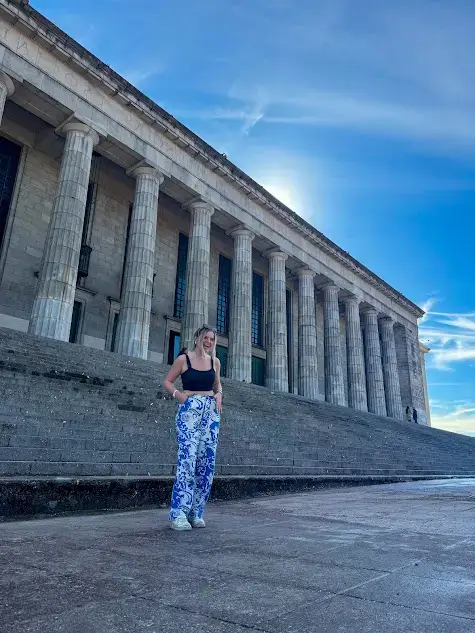
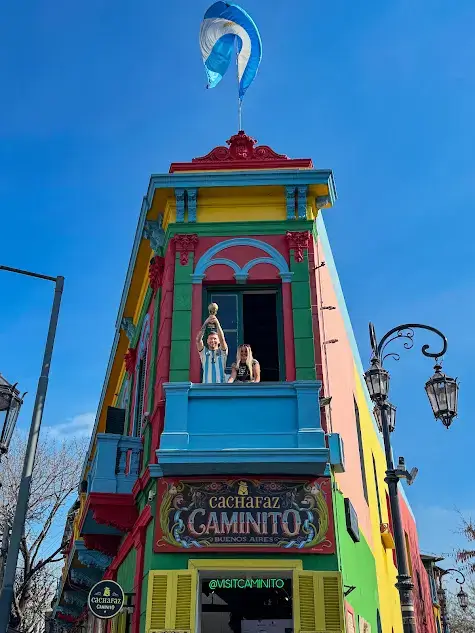
Best time to visit Argentina?
The best time to visit the North of Argentina is Spring (September-November) and Autumn (March-May). This time of year brings mild weather, beautiful landscapes, and comfortable travel conditions. Prices won’t be as high as they are in the peak summer months and you won’t be swarmed by tourists on their summer break.
Summer (December to February) in Argentina can be intense. As temperatures can go above 40°C, outdoor activities in this region can be difficult. Summer is also peak season as the weather is hot and many locals take vacations during this time. And hot weather and no work means crowded tourist spots and inflated prices.
Winter (June to August) in Argentina can range from mild to warm. The North of Argentina is typically warmer and can reach up to 20°C during the winter months but the nights can get very cold. I visited in July and I wouldn’t recommend it.
Is Argentina safe for solo female travellers?
Yes. I found Argentina to be one of the safest places in South America. Argentina, in particular Buenos Aires, shares many similarities with the big cities in Europe.
The layout of the cities and the transport systems are all easily navigable and the people were incredibly hospitable.
Argentina is also one of the most female-friendly countries I’ve visited. The women of Argentina are strong and it’s inspiring to see them fight for their rights and beliefs to make their country great.
However, again it’s still important to bear in mind, that not everywhere is safe and not everyone will always have the purest intentions. This was entirely my experience here and it’s not to say that bad things can’t happen, because they do.
These posts are always difficult to write as safety means something different to everyone and is entirely dependent on the experience you have yourself.
And it’s impossible to put a blanket statement over a city that is so complex. Avoid venturing into sketchy neighbourhoods alone at night and don’t hang around with the wrong kind of people.

Tips for staying safe in Argentina for solo females
If it’s your first time visiting the country you may wonder ‘Is Argentina safe?’ Here are some tips to put your mind at ease:
1. Learn some Spanish
Especially for the more remote towns in the North of Argentina, English isn’t very widely spoken. It’s worth brushing up on some basic Spanish phrases at the very least, not only will it make it easier for you to navigate between places but it’s respectful to the locals too.
Argentinian Spanish however takes a little bit of time to get used to. One of the major differences you’ll notice very quickly is the use of ‘sh’ in place of the ‘ll’ in words. Which as a beginner can throw you off a little. It’s not ‘po-yo’ in Argentina, it’s po-sho’. It might cause a little confusion at the beginning.
But your trip will also become more fulfilling, I found the people in Argentina to be the friendliest on all my travels. Everyone you meet is willing to have a conversation and recommend everything you should see whilst you’re there.
2. Stay in hostels or hotels in the center
When you’re looking for accommodation in Argentina aim to stay in the neighbourhoods of Recoleta, Palermo, San Telmo. This is where the majority of tourists stay which means additional police presence in the area to keep things secure.
I’d also advise staying in hostels, not only are they located in safer areas but there’s also the added social benefit. You have the opportunity to meet other people and get involved in tours and activities with the hostel. This is especially important when it comes to going out on a night, it’s much safer to be in a group.
I’d recommend staying in Millhouse Hostel in Buenos Aires. The place is huge, with 24-hour reception and plenty of activities day and night. There’s also a great social vibe to the hostel, so great if you’re looking to meet people.
3. Be cautious when walking alone at night
Even though they call Buenos Aires the city that never sleeps for a reason, there are still areas of the city that become empty and even dangerous at night. If you walk alone at night you need to remember to be cautious. Don’t be walking around with your phone out and definitely don’t walk around drunk alone.
In the smaller towns of the North, I always felt safe walking around. The towns are very compact and there were always families on the streets going for late night dinner. However like anywhere, you have to stay aware.
A guy from Buenos Aires had given me a tour of the city, as we were walking back to my hostel we walked along a very quiet crossroads with shutters down on all of the buildings and nobody around.
He turned and warned me about walking along here, I obviously agreed because it was sketchy AF. But low and behold two nights later, what street did I turn onto in the dark? Yep and he was right, it was dodgy as hell. If you stick to the main roads and try to walk in a group you’ll be fine.
3. Don’t forget your portable charger
There’s nothing worse than being miles away from your accommodation and seeing your phone on 1%. I’ll admit I’ve been in this situation a couple of times and trying to figure out buses and routes becomes 10 x more challenging.
It’s always better to have a charged phone if you’re going to be heading off somewhere for the day. It’s something that you often forget until the time comes when you really need it.
And if the safety element’s not enough… You’ll also need it for your photos, how are you going to take amazing pictures of a new place without battery?
You never know when you’re going to need it. Always make sure you have a fully charged portable with you.
4. Stay aware on the metro
Keep an eye on your belongings when you’re on the metro. Flashing your phone, camera, or other expensive items can attract unwanted attention.
Thieves may try to snatch these items if they see you using them carelessly, be especially cautious when you’re pulling into stations and the doors are opening. The last thing you want is someone snatching your phone as the carriage pulls away.
Also, be sure what stops you need to be getting off on. If you’re unfamiliar with the metro system, it can be easy to get disoriented or end up in a less safe area. Plan your route in advance and pay attention to the station stops.
5. Don’t walk around the streets looking into your phone
You have to be so mindful of your phone whilst walking around the streets in busy cities, especially Buenos Aires. Phone snatching is unfortunately very common. Especially if you’re waiting at a crossing, don’t stand there looking into your phone.
It’s well known for motorists to whizz past the traffic lights as tourists wait to cross and whip their phones right out of their hands. So, the best thing is to always step into a shop, café, or corner where your body can protect it from being grabbed. Also never set your phone on the table at a restaurant and leave it there.
In the famous ‘Pizzeria Güerrín ‘ I was shocked to see 2 police officers come in as a guy had had everything stolen out of his coat pocket as he and his girlfriend were sat there eating. Just make sure you know where you’re things are at all times.
6. Use licensed taxis or Uber
If you’re arriving at Buenos Aires airport the one thing I absolutely loved as soon as I arrived was the taxi system they have in place here. When you arrive, you scan a barcode and set your destination. It will then set a fare that you show to the taxi driver once you get in.
My biggest pet peeve is how much taxi drivers try to rip you off in every country in the world at the airport and Buenos Aires has done a great job of preventing this.
Uber and Cabify are also widely used in the big cities and they’re perfectly safe to use. Honestly, I pretty much only used Uber the entire time I was in Argentina. It saves the hassle of negotiating the fare and makes it easier with any language barriers to book directly through the app.
If you’re getting a street taxi always make sure the taxis are licensed, in Buenos Aires you’ll need to use Radio Taxis.
7. Be careful with bills
Inflation is a huge problem in Argentina and it means unfortunately you’re going to look like you’ve just robbed a bank after each withdrawal. When you take money out make sure you go prepared and have a reasonably sized bag to hide this.
I didn’t think about this and in Humahuaca I genuinely had money sticking out of every pocket I had. The anxiety of walking back to my hostel with this was enough to make me never do it again.
Also consider stashing small amounts of bills in different places rather than keeping all of your cash in one place, because there will be a lot of it.
It can be a good idea to carry a “dummy wallet” filled with small bills so you can hand it over quickly if forced, leaving you with the bulk of your cash and credit cards in your real wallet.
8. Stay out of politics and away from protests
Protests demanding better wages, an improved economy, and human rights occur in Buenos Aires. They generally occur around the Plaza de Mayo or Congress. They are never targeted at tourists and it’s advised to avoid the protests and go about your day.
The day Argentina won the Copa final, I was in Salta and celebrating with a guy in the bar. We ended up talking to a group of older women and their partners, after the initial pirate jokes had broken the ice, we celebrated in true Argentinian style. I made the grave mistake of asking them where they stood on their new president.
Safe to say a lot of back and forth, shouting and disagreement later, it was a lesson learnt to leave Argentinian politics to the Argentinians.
9. Be wary of scams
Like anywhere, where there’s tourists there’s people trying to make a quick buck. Some common scams to watch out for:
- Scammers may offer to exchange money at favorable rates but provide counterfeit or old, unusable bills. Always use reputable exchange services.
- Some taxi drivers may overcharge tourists or take longer routes. Always make sure you get a licensed taxi or Uber.
- someone may drop something in front of you, you reach down to grab it and someone takes your belongings.
10. Invest in a good bag
And I say this from experience. I had my phone, 3 bank cards and all of my cash stolen in a bar in Nicaragua. I blame this 70% on the bag I was wearing and 30% on my alcohol consumption at the time.
I’d chosen a bag for the aesthetic rather than the safety element. Well, a lot of dancing and an unknown amount of shots later, I went to grab my phone and realised my bag was open and everything was gone.
I’m pretty sure with a decent bag that had sat close to my body I’d still have all of my belongings now. Well, probably not the cash. But you get the point. This is why I’m now the biggest advocate for using a cross-body bag.
Thieves are quick and sometimes you don’t even notice it happening, especially if you’re out in a busy bar or club.
11. Stay Connected
As great as it feels to disconnect sometimes, I can’t stress enough how important it is to be connected when you’re in a new country.
The few times I’ve been left without internet have been some of the most stressful travel days to date. I always recommend getting a sim card when you’re exploring somewhere new.
I would recommend using Airalo. This is by the far the most cost-effective ESIM I’ve used and if you’re travelling through multiple countries you can opt for the global sim. This is what I did when I knew I’d be in Bolivia, Argentina and Madrid. It covered me for everywhere I was going.
The peace of mind that comes with knowing you’ll have help to get around is priceless.
11. Trust your gut
This is often underrated. I swear by the drop I get in my stomach when something’s not right. And that feeling doesn’t lie. I truly put it down to trusting that feeling that has saved me from some seriously sketchy situations.
As amazing as the people are in Argentina, it doesn’t necessarily mean that everyone has pure intentions. If something makes you feel uncomfortable trust that you feel that way for a reason and get yourself out of there.
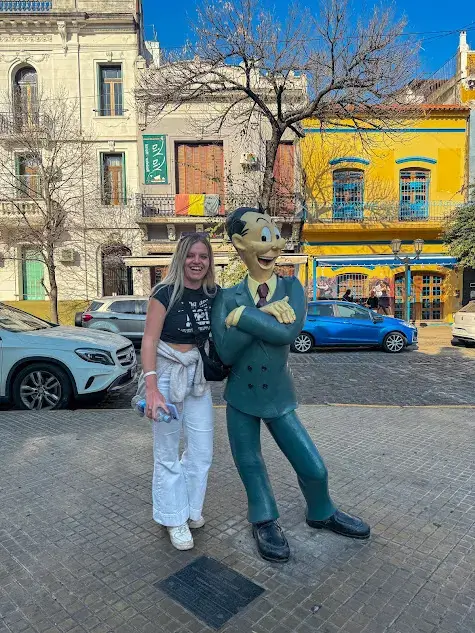
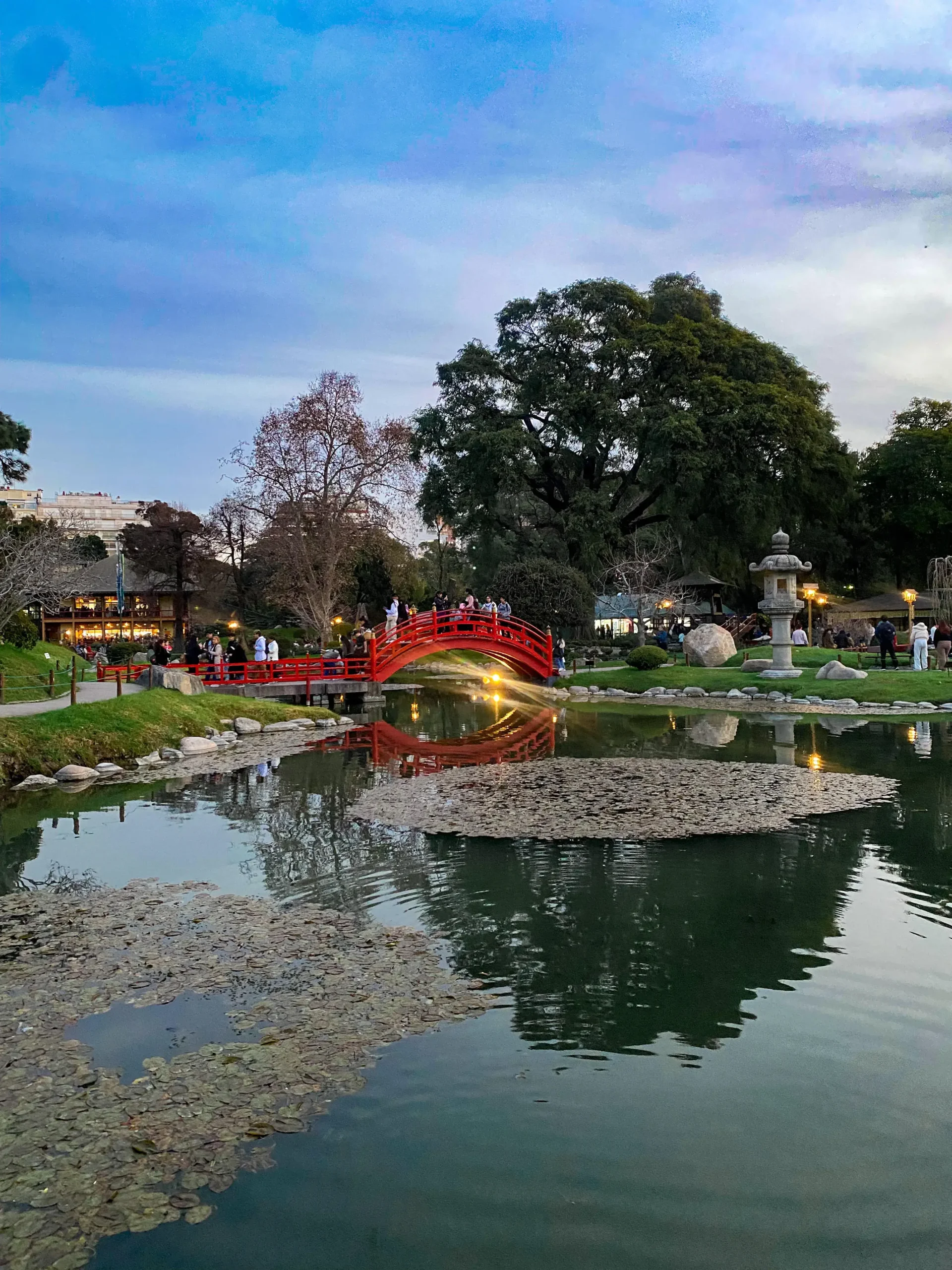
The best apps for staying safe in Argentina
- Google Maps – without a doubt Google Maps is the OG for getting around in a new country. I’d be lost without it, literally. Not only does it tell you where you need to go, it stops you from wandering around like a lost sheep and potentially ending up in a bad area. You can use it offline and download the route you need if you don’t have data (which you should 100% get).
- ESIM – which brings me to my next recommendation, an ESIM. It’s all well and good disconnecting from the world sometimes but not when you’re in a new country exploring foreign areas. Things can happen when you least expect it and you don’t know when you might find yourself lost or in a tricky spot. Make sure you have phone signal to contact someone or look something up if you need help.
- BA Cómo Llego – Offers detailed route planning for Buenos Aires, including walking, public transportation, and car routes.
- SUBE App – Manage and recharge your SUBE card, which is used for public transportation in Buenos Aires and other major cities. You can use the app to check which lines you need to be on to get to your destination.
- Uber – you can get Ubers all over the city and I found them to be much more comfortable than street taxis. You can use the app to bypass language barriers or the need to find a taxi in busy areas. Also as the price is fixed, there’s no haggling with taxis trying to scam you.
- Deepl – a great translation app when you need some language assistance. I found this to be a more natural sounding translation too which is better when communicating with the locals.
- Life360 – a great location sharing app that allows you to share your real-time location with family members or friends. It’s a good app to have if you want to keep them updated without having to message to tell them everytime you move.
- TripWhistle – provides the emergency service numbers (police, fire, ambulance) for the country you’re in. It also has the option to share GPS coordinates with emergency responders.
Is Argentina Safe For Solo Females? FAQS
Is it safe to walk at night in Argentina?
It is generally safe to walk at night in Argentina as long you take the necessary precautions. Don’t walk into sketchy neighbourhoods alone. Don’t walk alone drunk in the dark and avoid empty dimly-lit streets. If possible, it’s always safer to walk in a group than it is alone.
Is Argentina good for solo travel?
Argentina is one of the best countries in South America for solo travel. The infrastructure is more developed than neighbouring countries and with great bus routes it’s easy to navigate.
Is Argentina safe for solo female travellers? A Summary
You can have an amazing time in Argentina as a solo female traveller as long as you take the right precautions. Trusting your instincts is key—if something feels off, don’t hesitate to remove yourself from the situation.
Avoid wandering into sketchy neighbourhoods and keep an eye on your belongings. But most importantly, enjoy your time here. You’ll never want to leave.
If you use common sense and follow these tips you shouldn’t have any problems exploring this incredible country.
Other Argentina Posts You May Like:

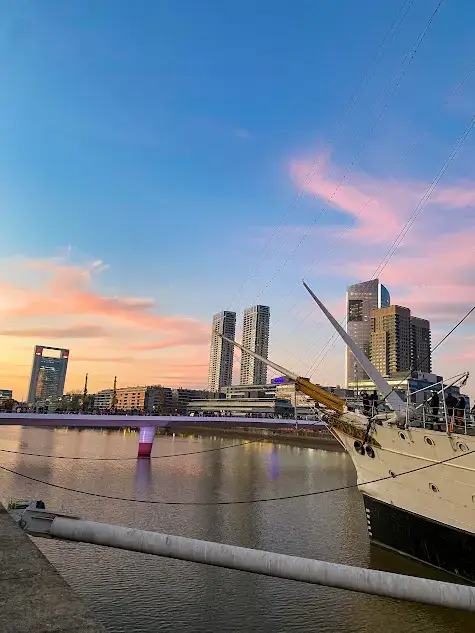
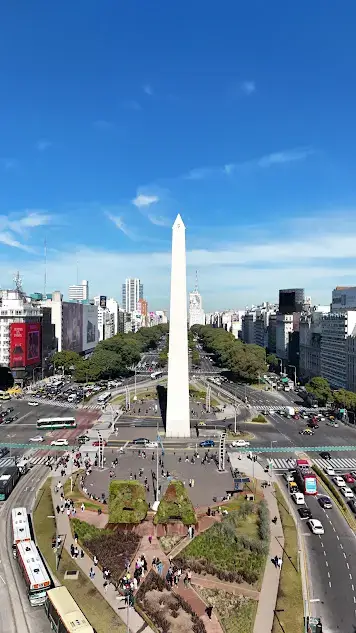
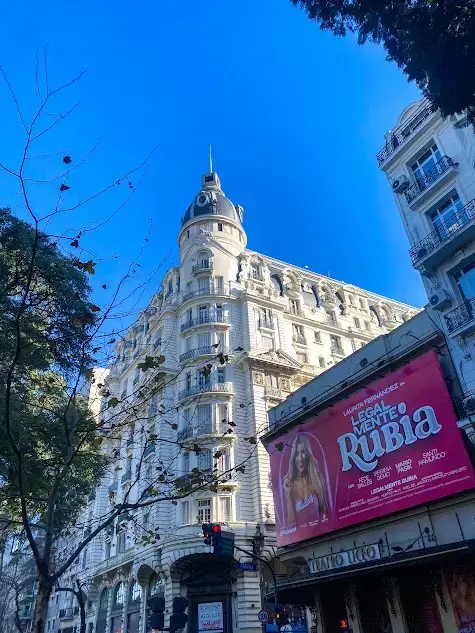
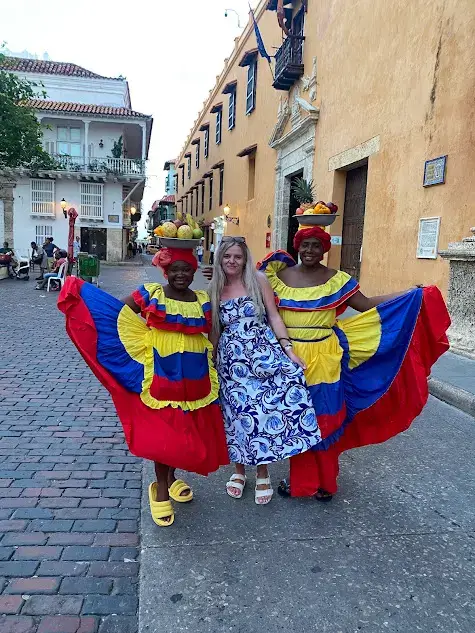
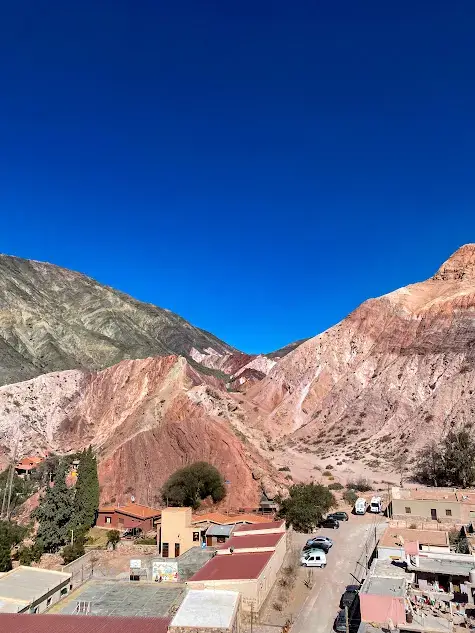
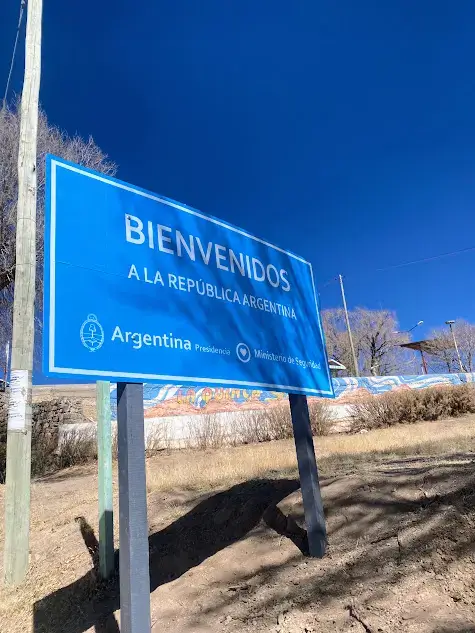
One Comment